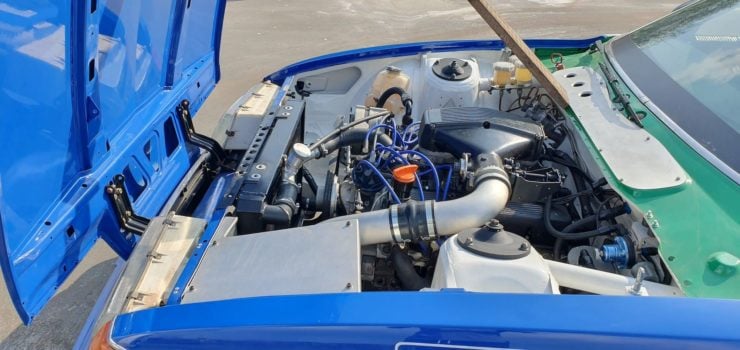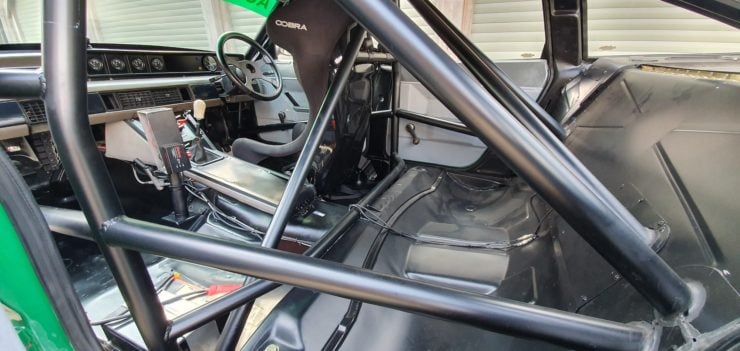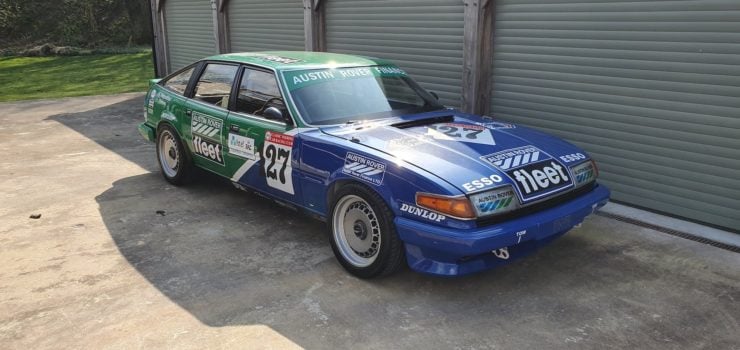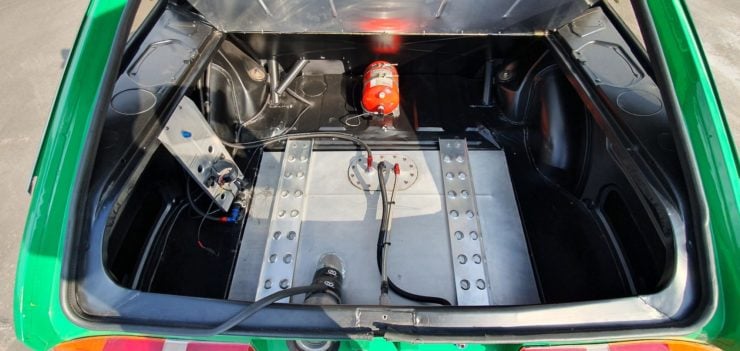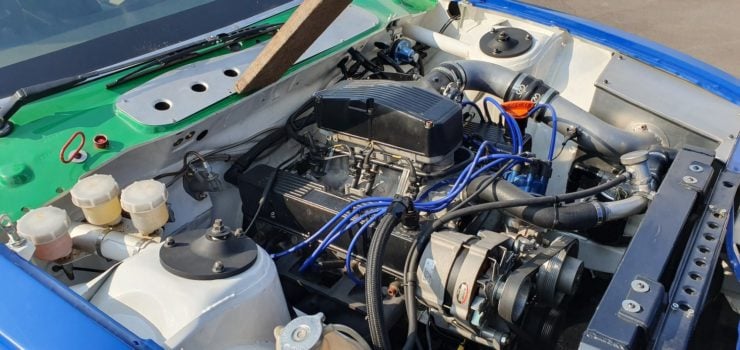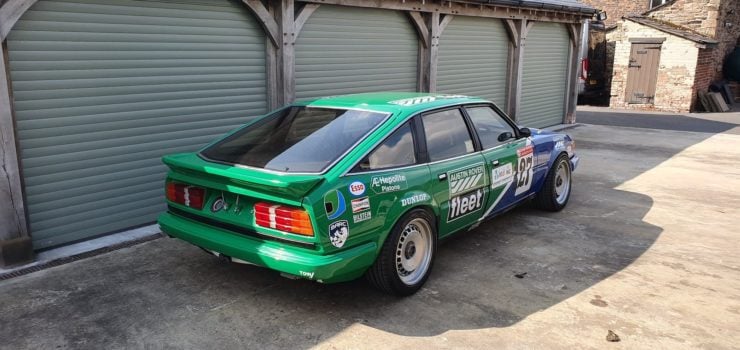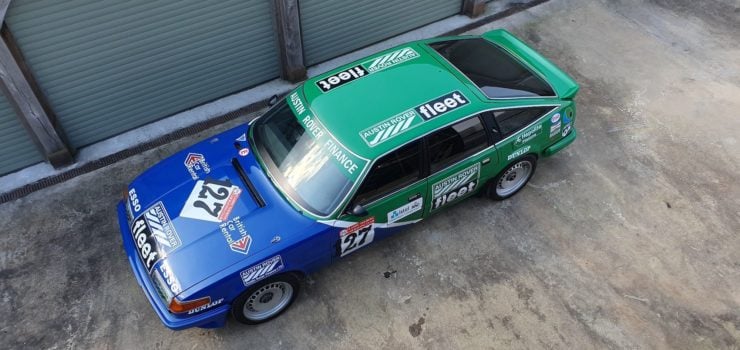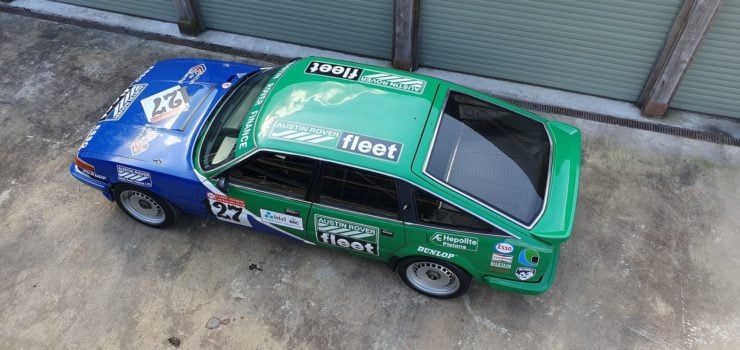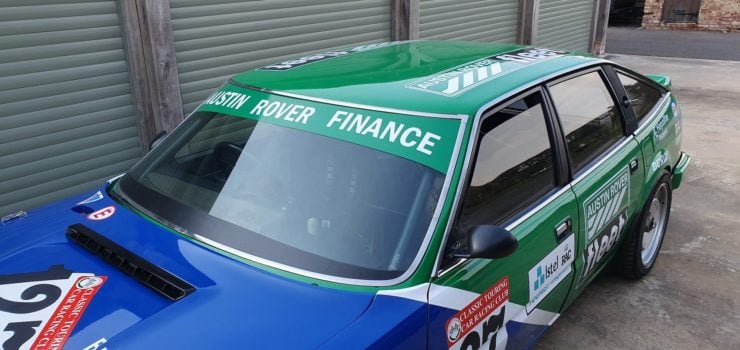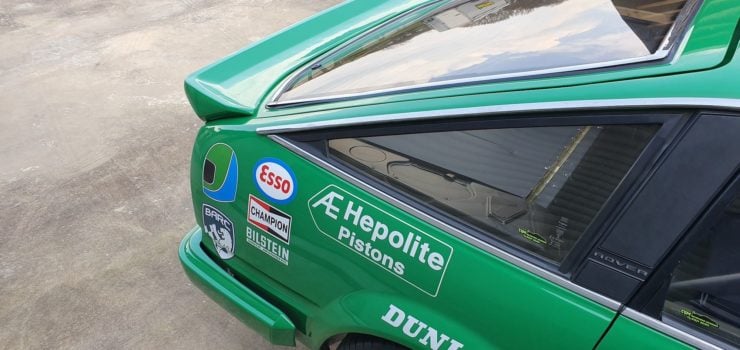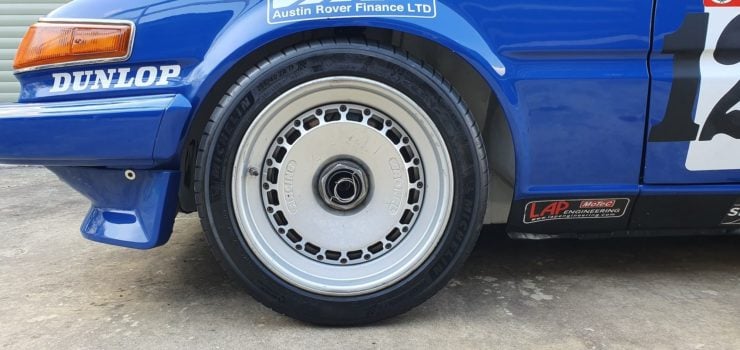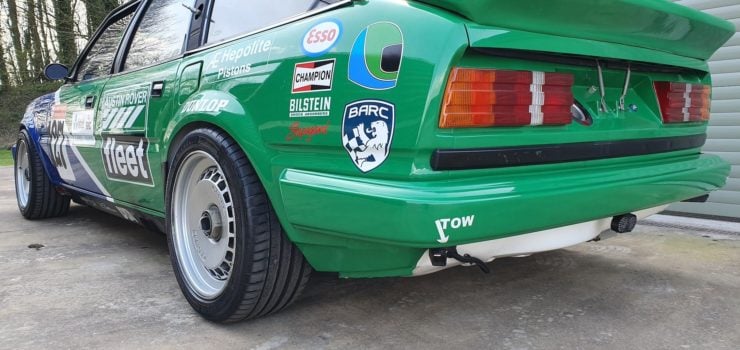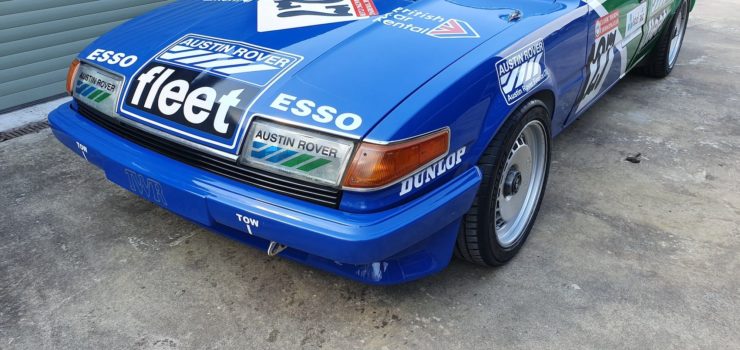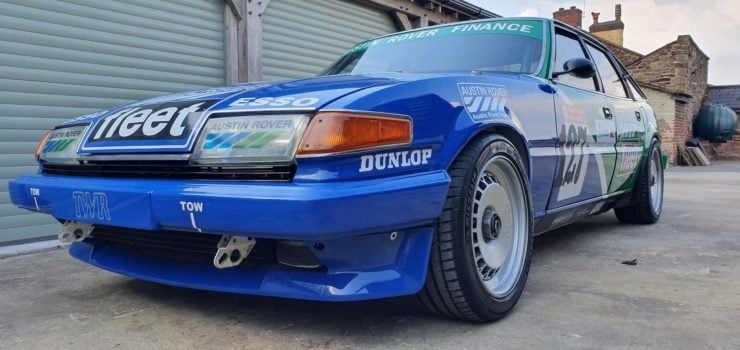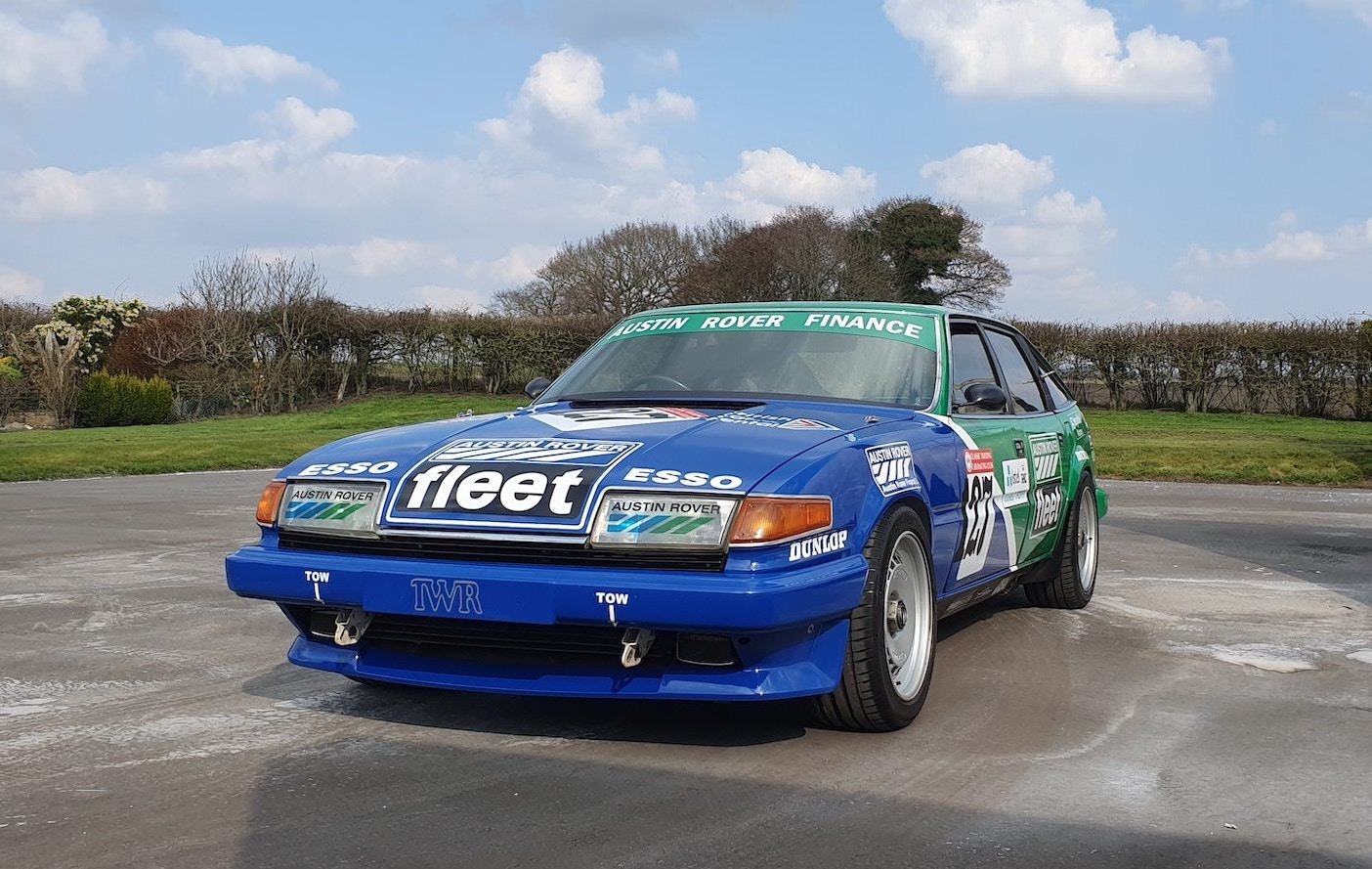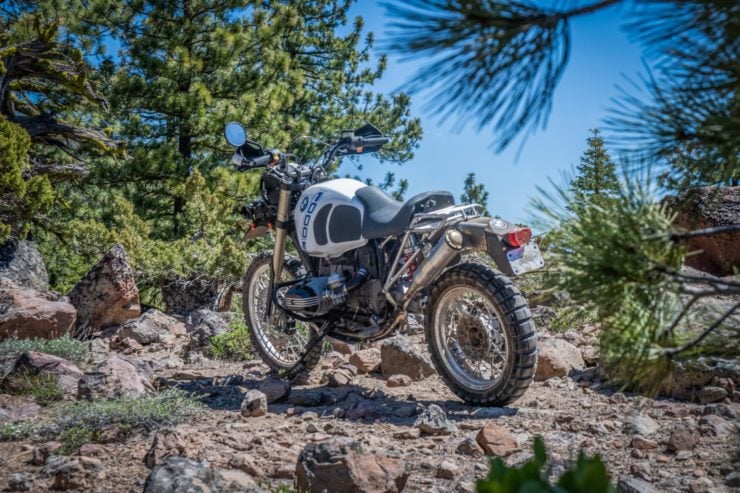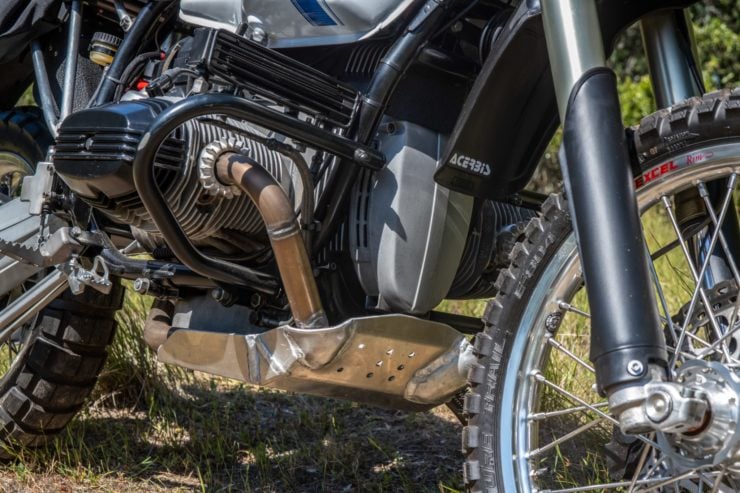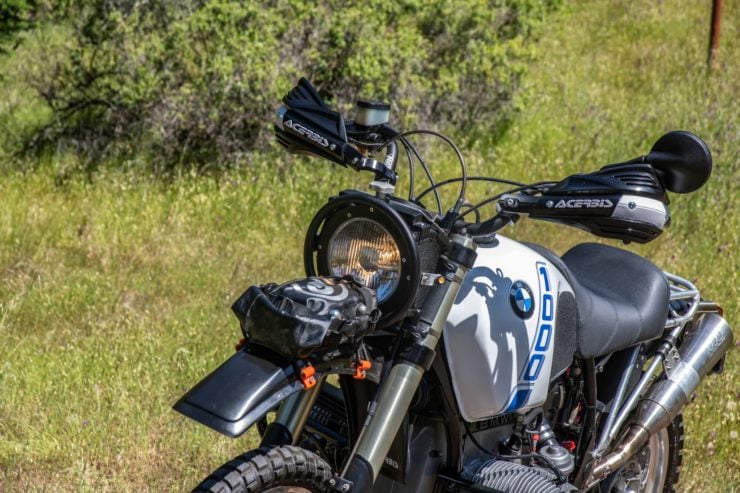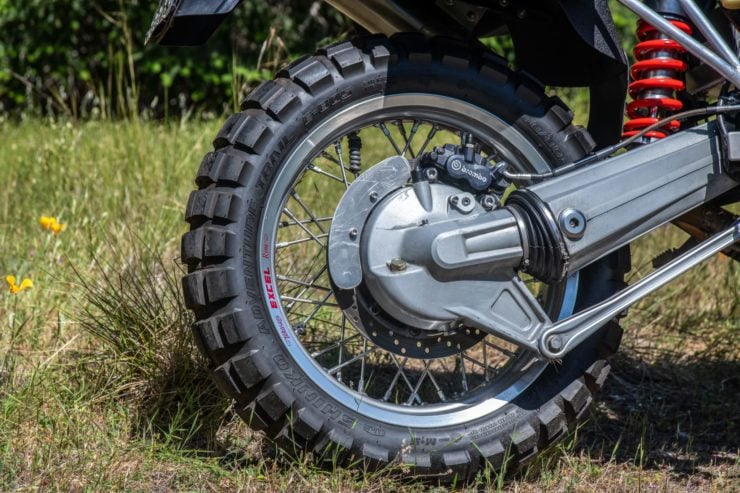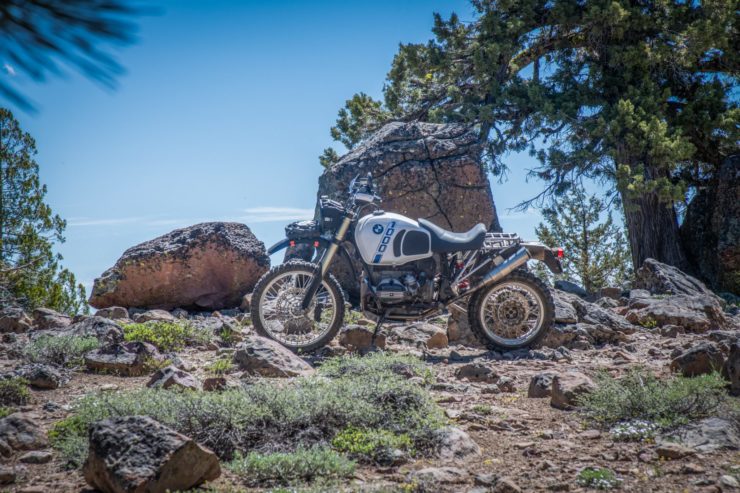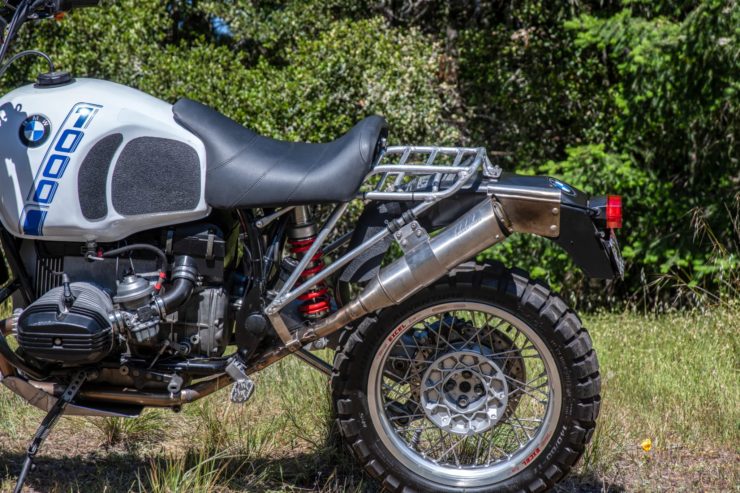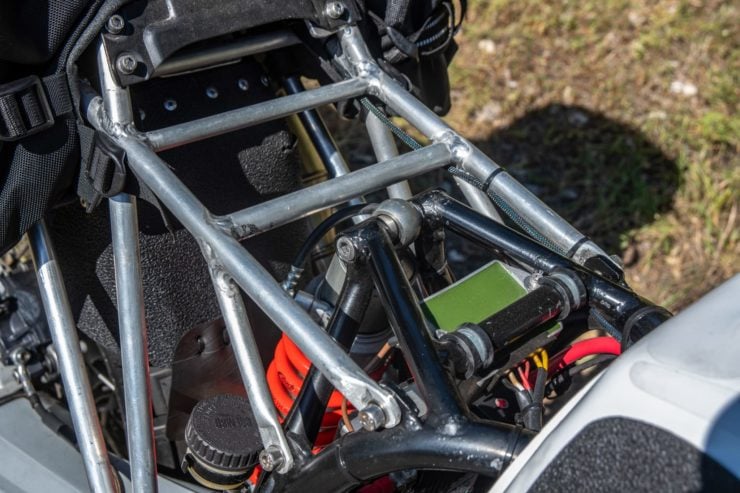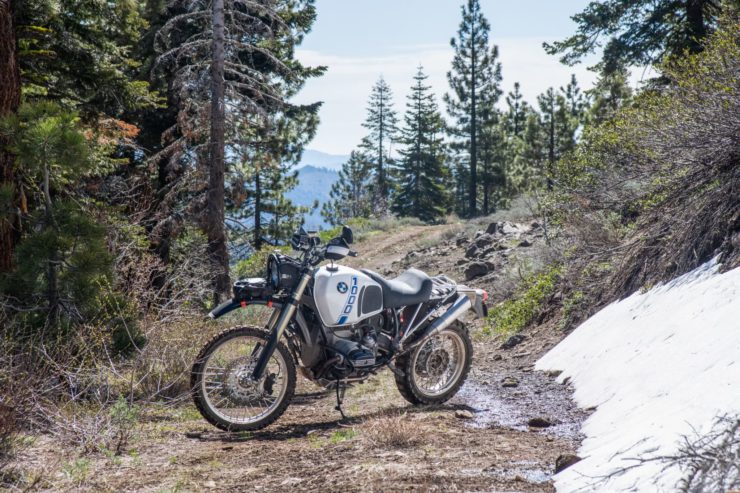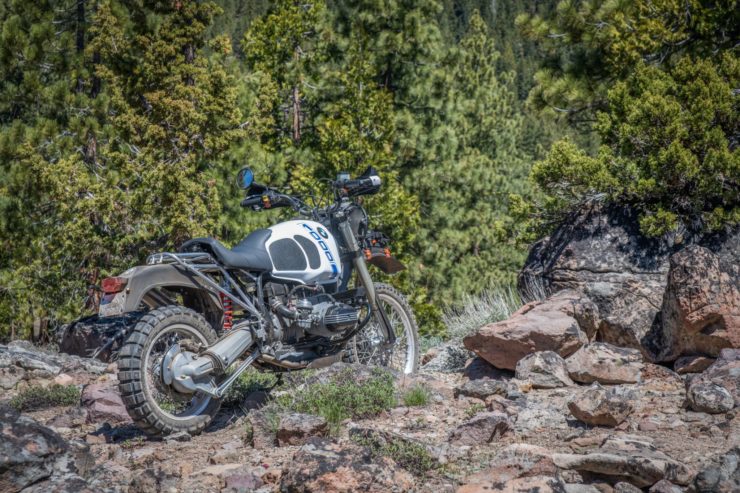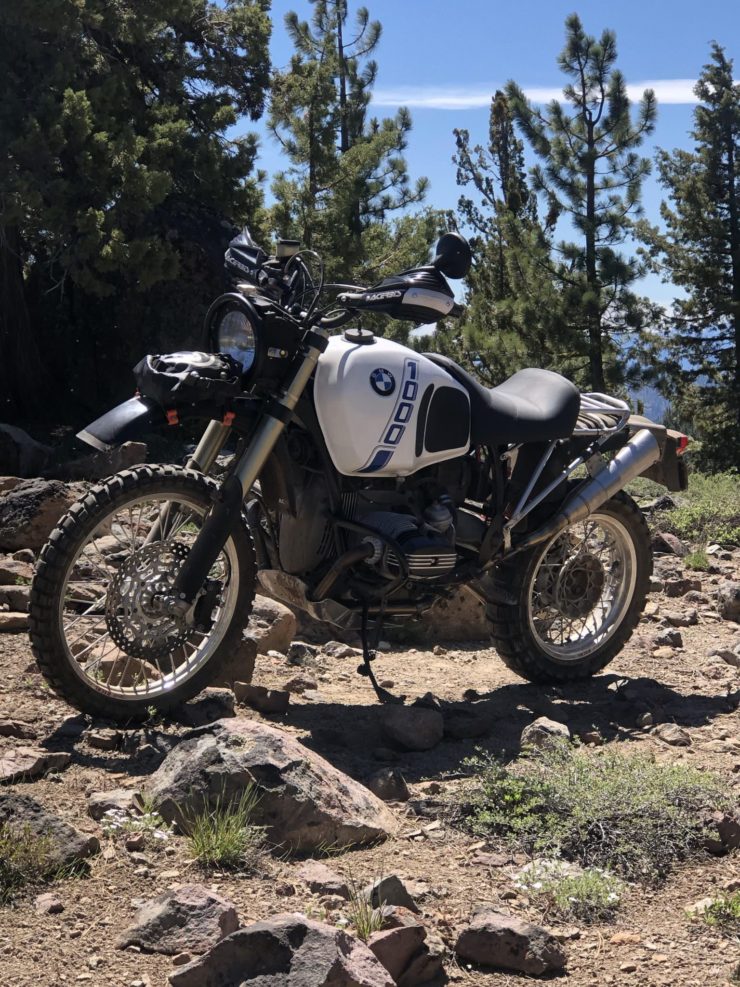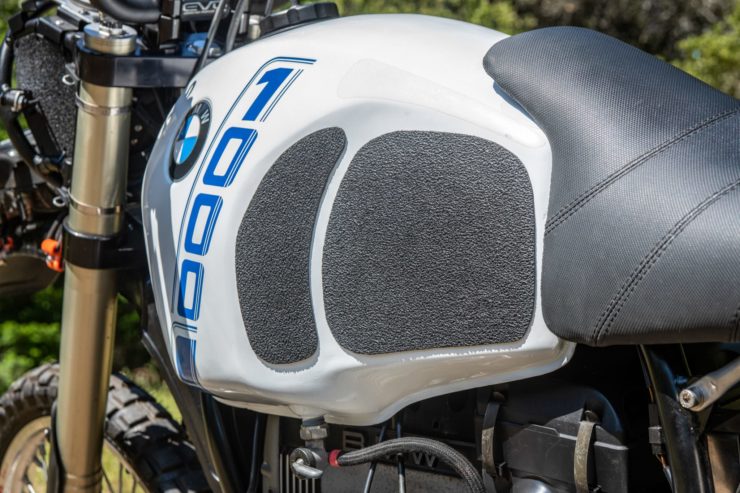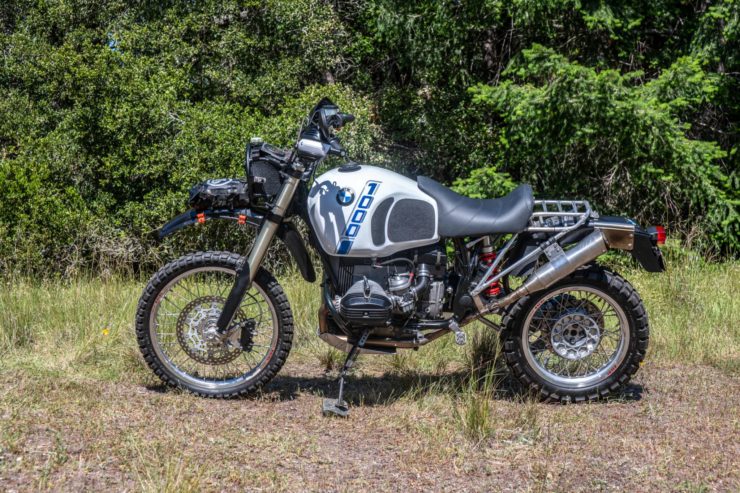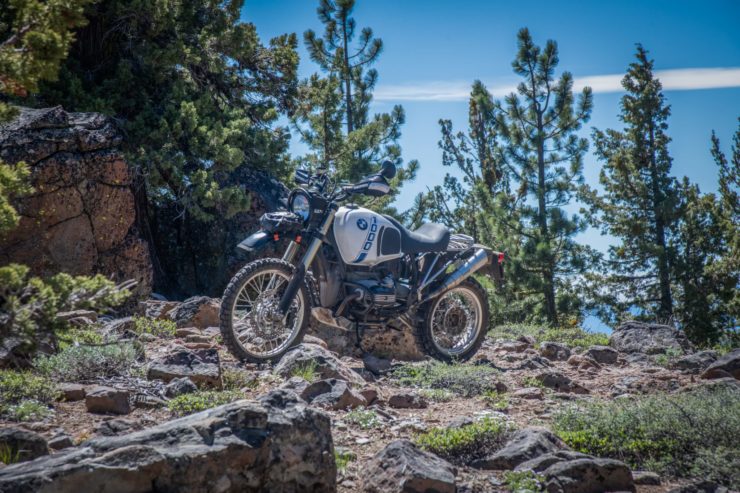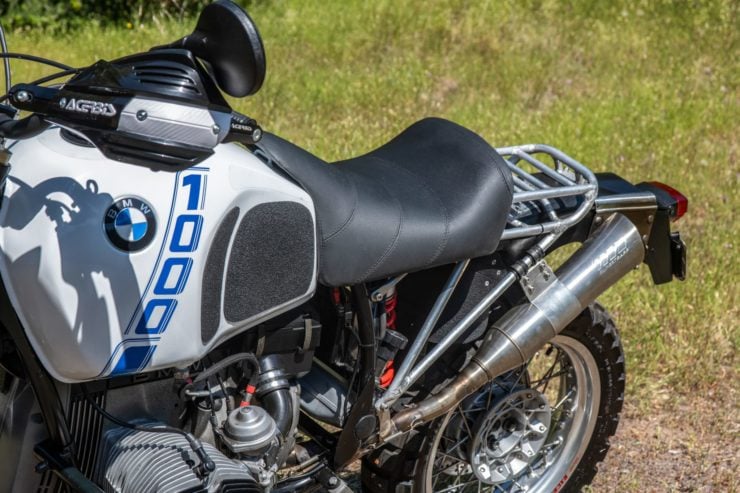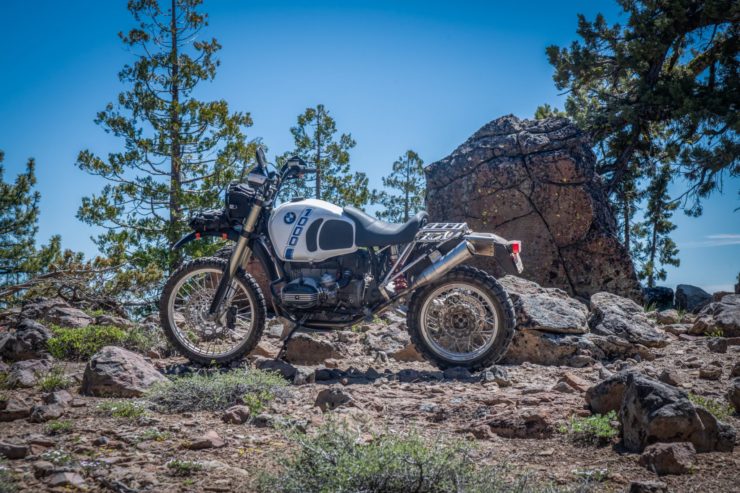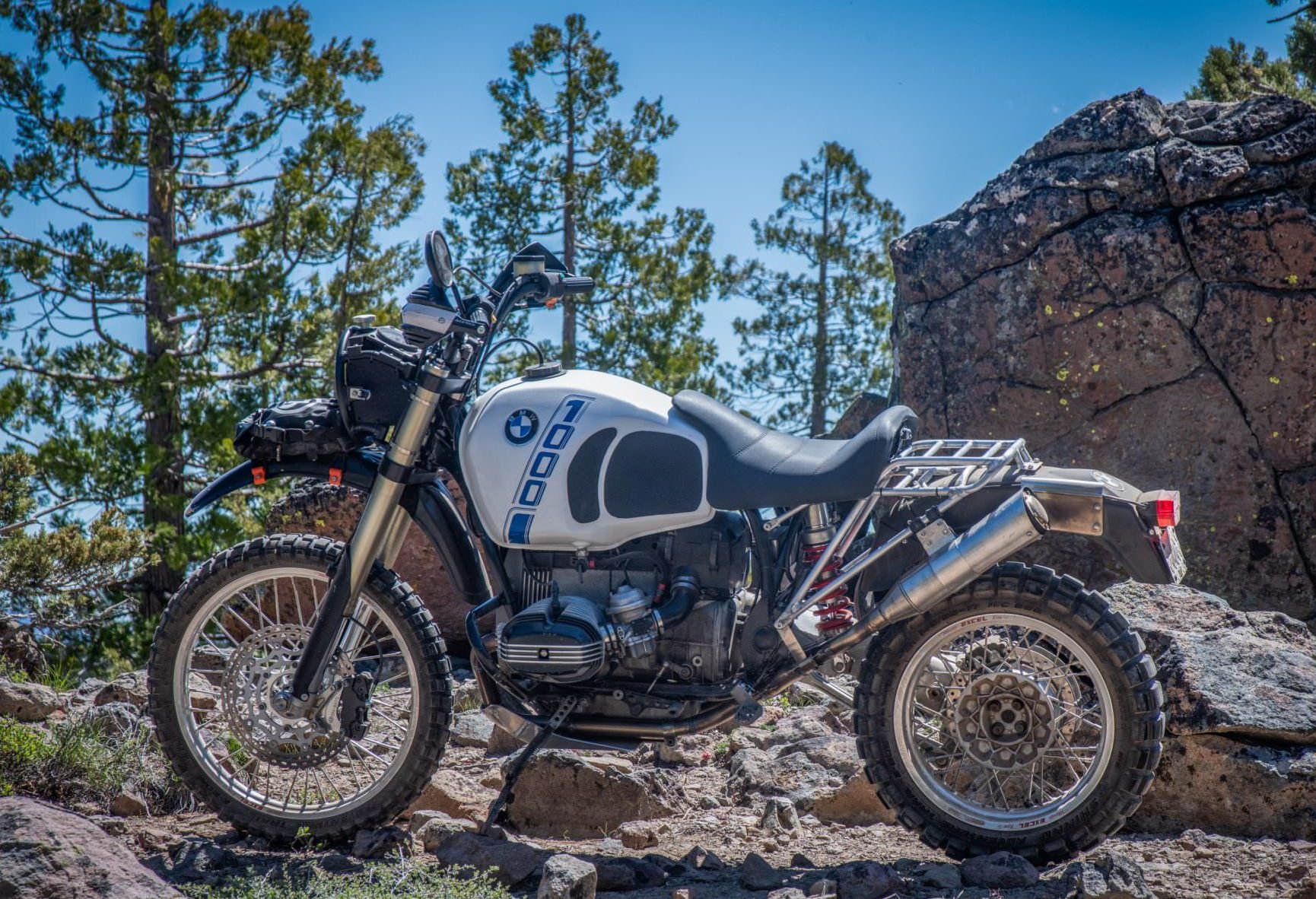This is an Alvis Stormer HVM (High Velocity Missile), it was developed as a short-range surface-to-air missile system to neutralize the threat of attack helicopters and low-flying enemy aircraft.
The example you see here is road-legal in the UK and it’s currently being offered for public sale, however as you can probably understand the Starstreak missile system has been decommissioned for everyone’s safety.
Fast Facts – The Alvis Stormer HVM
- The Alvis Stormer HVM was developed on the Combat Vehicle Reconnaissance platform to provide a mobile Starstreak and Lightweight Multirole Missile system battery to the British armed forces.
- Each HVM is equipped with 8 ready-to-fire Starstreak missiles and up to 12 reload missiles inside the hull.
- The Starstreak missile have a two-stage solid propellant rocket engine and they’re capable of speeds up to Mach 4.0. Each Starstreak contains three high-density darts with impact fuses and explosive warheads.
- The British Ministry of Defense has dozens of HVMs still in service, and rumors abound that they’re also being supplied to Ukraine.
Starstreak MANPADS
The Starstreak, or Starstreak HVM (High Velocity Missile), is a man-portable air-defence system (MANPADS) manufactured by Thales Air Defence in Northern Ireland.
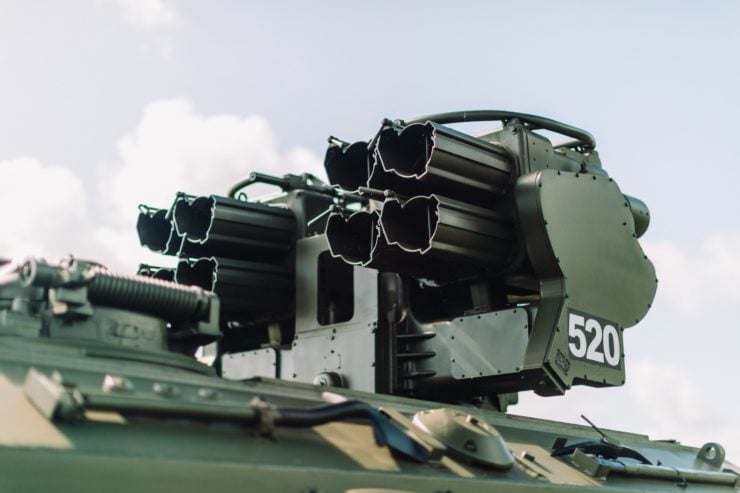
The HVM can carry up to eight Starstreak missiles in ready-to-fire configuration, and an additional 12 in the hull.
The missiles can be carried by troops and shoulder launched, once airborne the missiles can accelerate to Mach 4, making them the fastest short-range surface-to-air missile in the world.
Once closer to its target the Starstreak launches three laser beam-riding warheads, tripling the chance of a successful impact.
Although the shoulder-fired Starstreak is most common there are other variants, including ATASK (Air To Air Starstreak), they can be fired from a vehicle-mounted Lightweight Multiple Launcher (LML), the boat-mounted Seastreak, and the self-propelled Alvis Stormer HVM.
The Alvis Stormer HVM
The Alvis Stormer HVM is essentially a specialized version of the Combat Vehicle Reconnaissance (Tracked), CVR(T), which was designed in the late 1960s, and entered service in 1970.
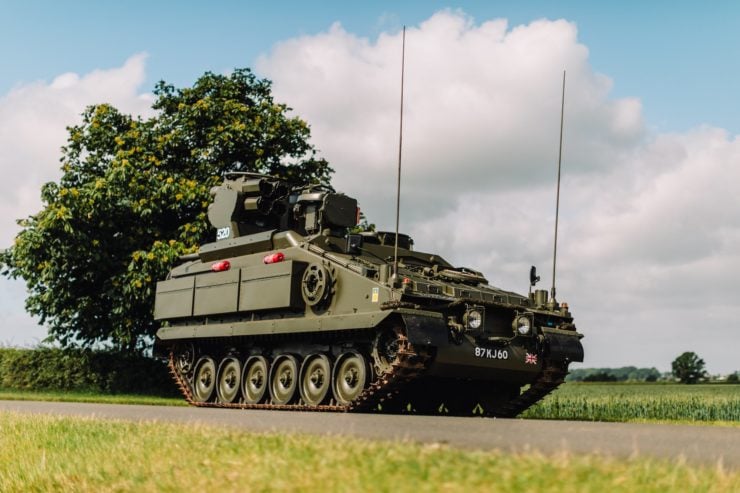
The top speed of 50 mph may not seem impressive, but as a tracked vehicle weighing over eight tons, it’s probably better to keep things a little slower.
The vehicle platform has been significantly updated over that timeframe of course, and a vast array of variants have been developed.
One of the more modern variants is the Alvis Stormer HVM, a mobile missile battery designed to carry up to 20 Starstreak missiles, with 8 ready-to-fire and up to 12 more stored in the hull.
The HVM is manned by three crew, the operational range is 400 miles, the maximum speed is 50 mph, and power is provided by a turbocharged Perkins 6.0 liter 6 cylinder diesel engine producing 250 hp.
The British Ministry of Defense is said to be currently reducing the number of HVMs in service, which means some are being offered for sale into civilian hands.
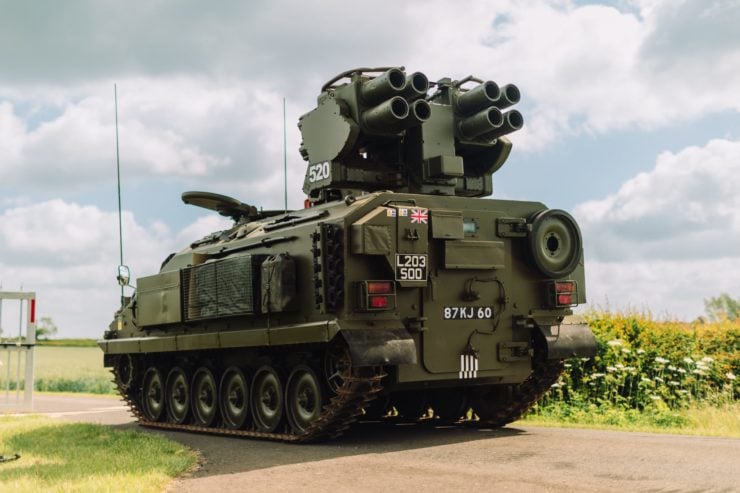
The missile systems on this Alvis Stormer HVM have been deactivated for obvious reasons, it remains fully functional otherwise, and it’s road-legal.
The 1993 Alvis Stormer HVM Shown Here
The vehicle you see here is an ex-British Army Alvis Stormer HVM that was first road registered in 2012, and it’s now in private ownership in the UK.
Understandably the Starstreak and Lightweight Multirole Missile systems have been deactivated, however the rest of the vehicle remains in working condition, and it’s road-legal.
It’s now being offered for public sale on Collecting Cars, bidding is open and it’s currently located in Northamptonshire in the United Kingdom.
If you’d like to read more about this unusual vehicle or register to bid you can visit the listing here.
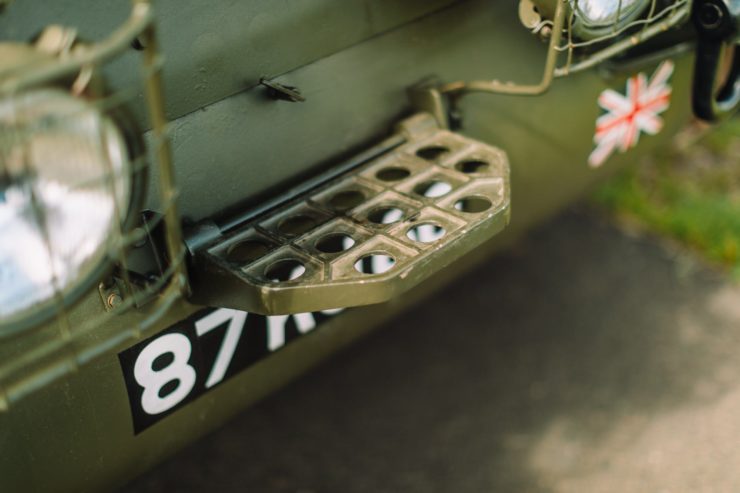
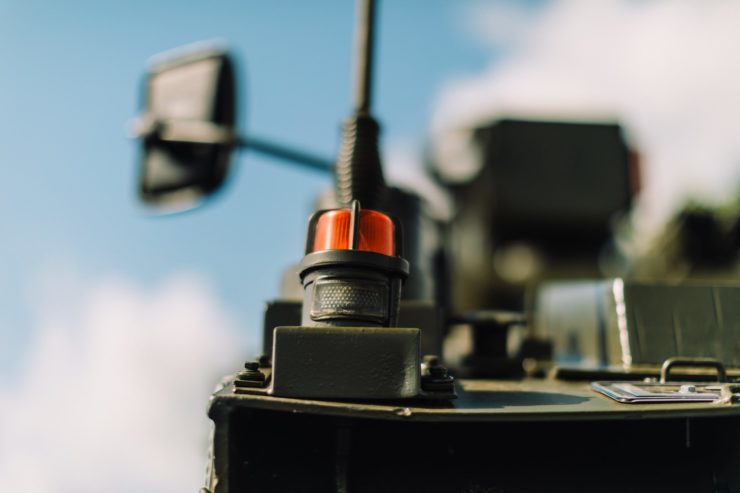
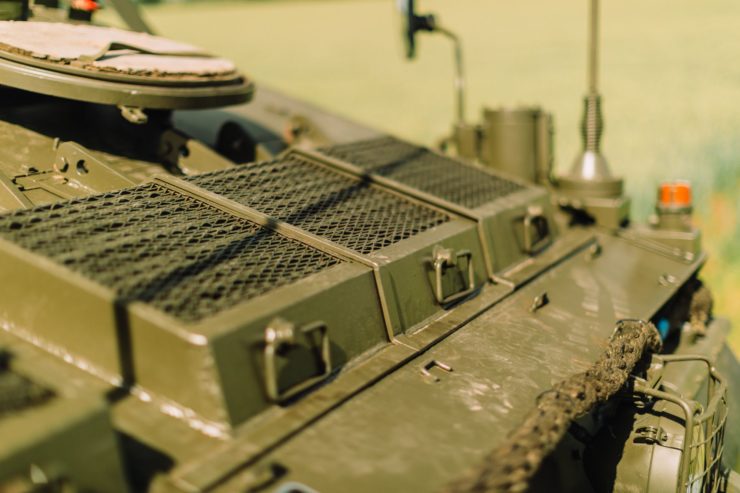
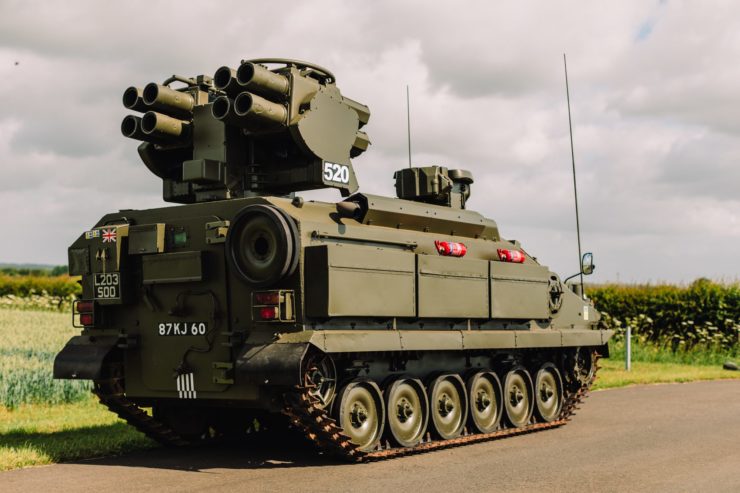
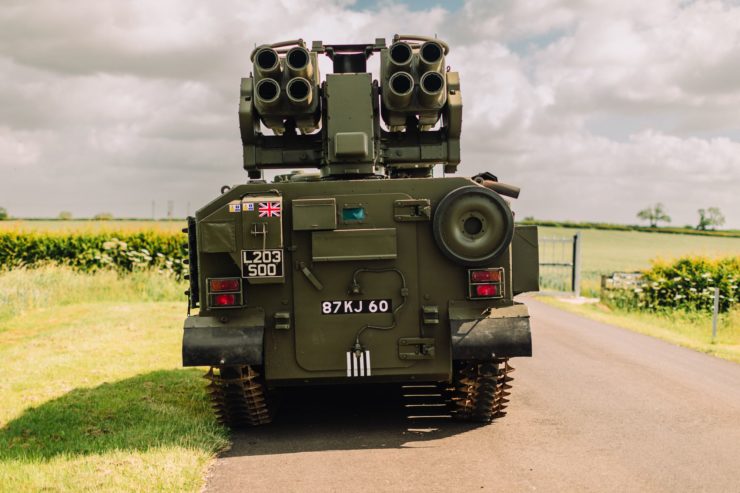
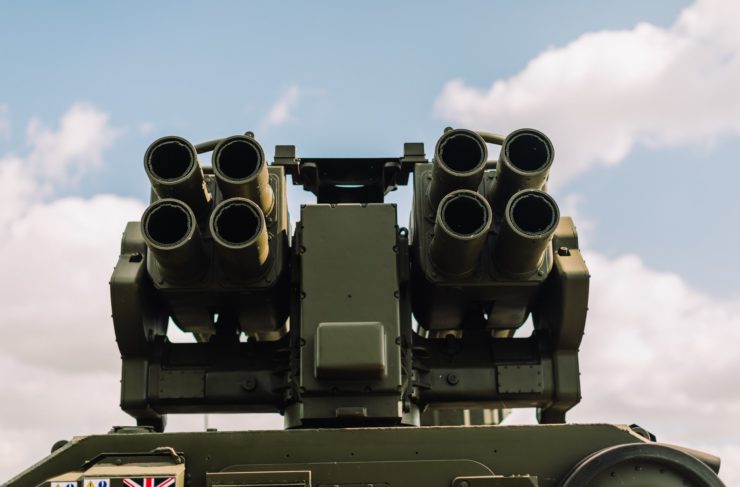
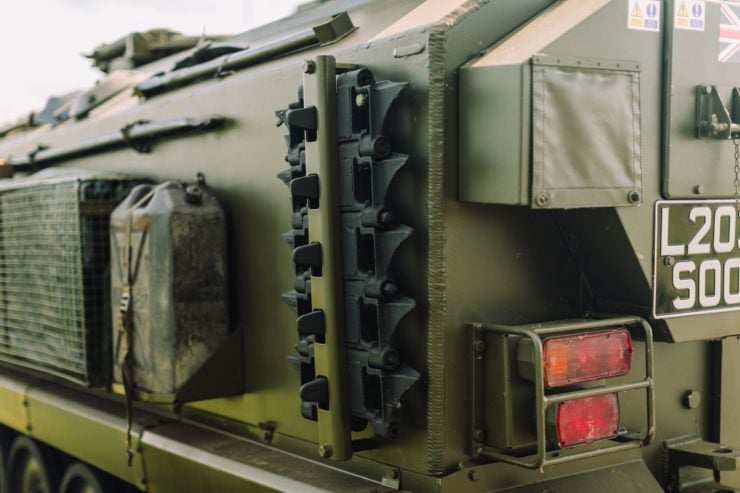
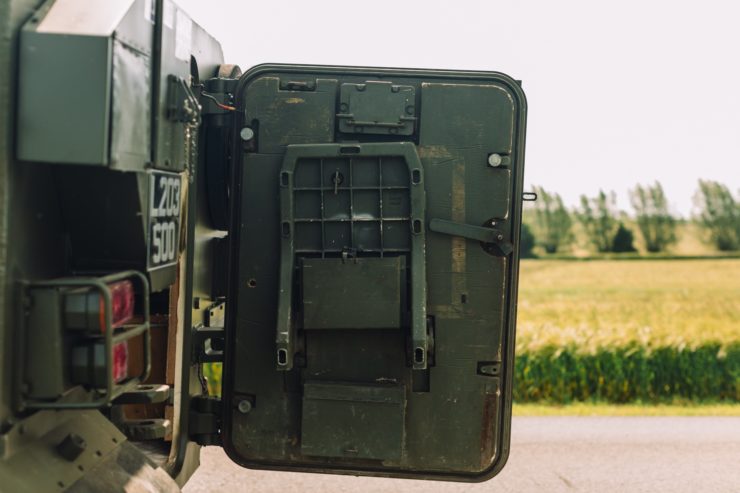

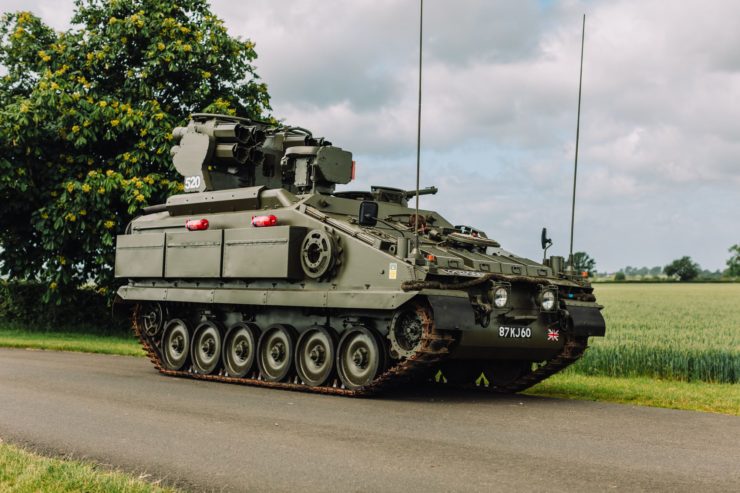
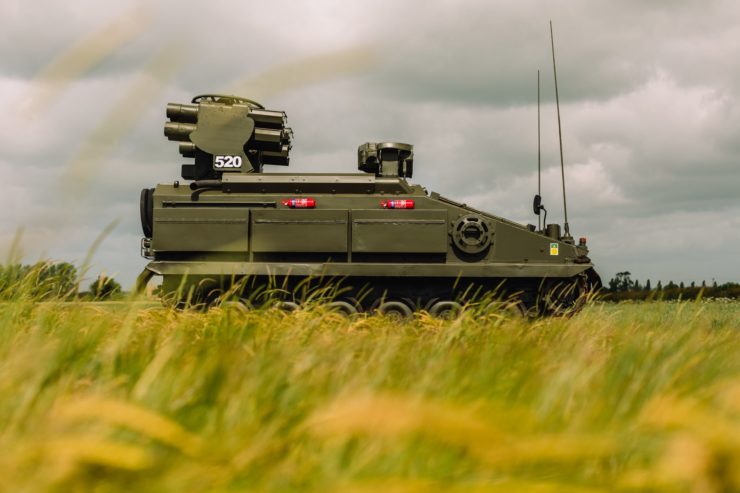
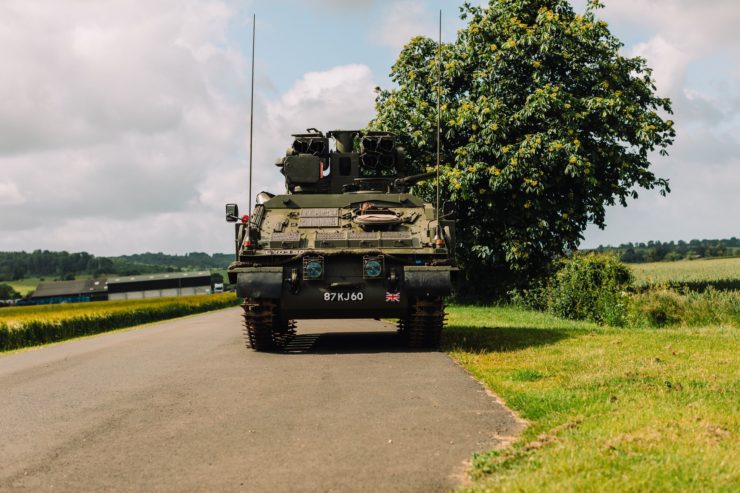
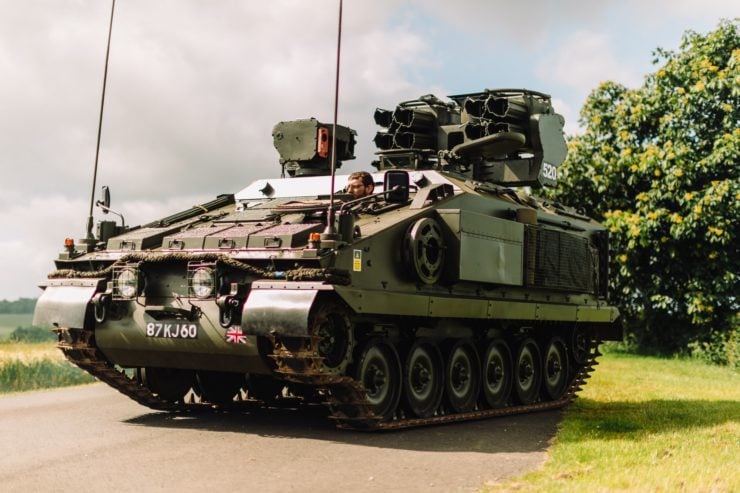
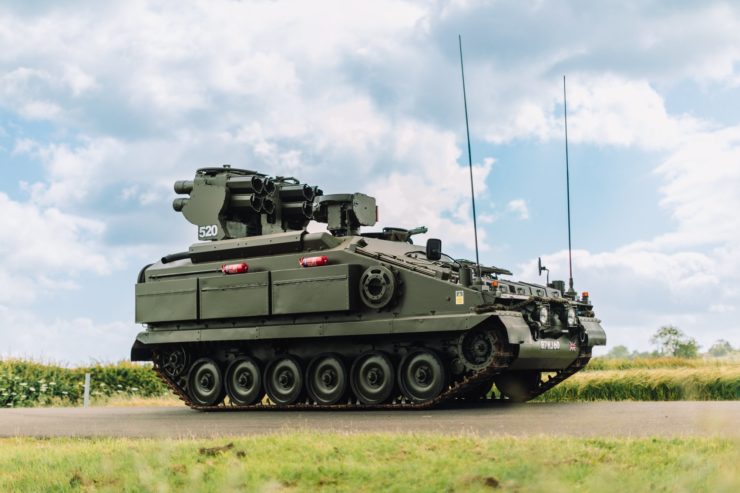
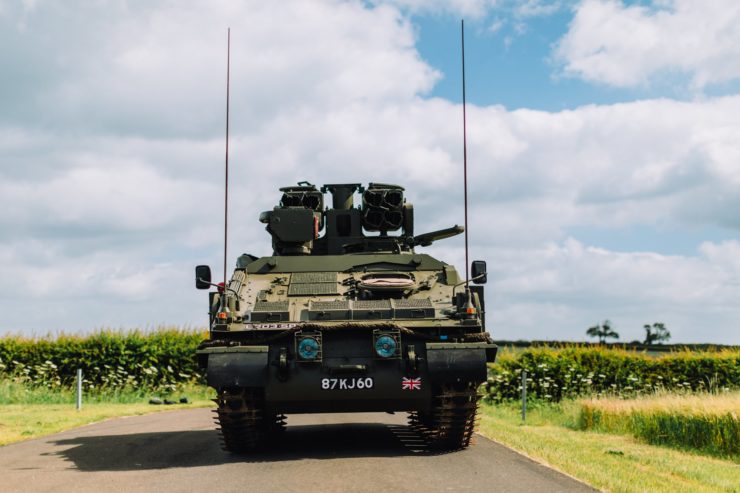
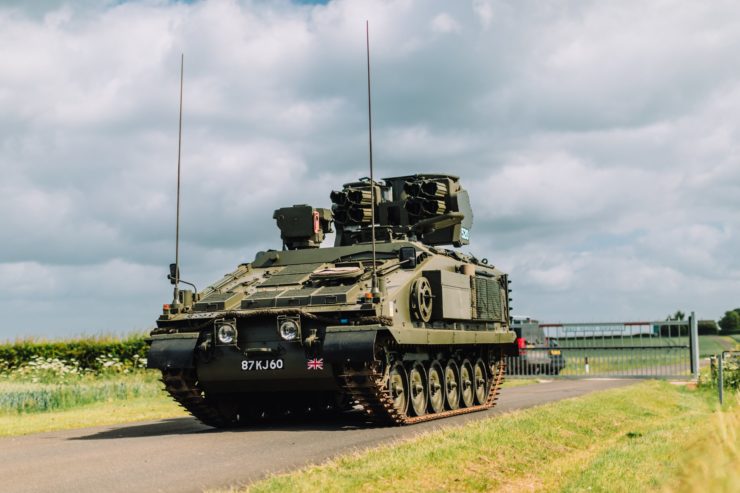
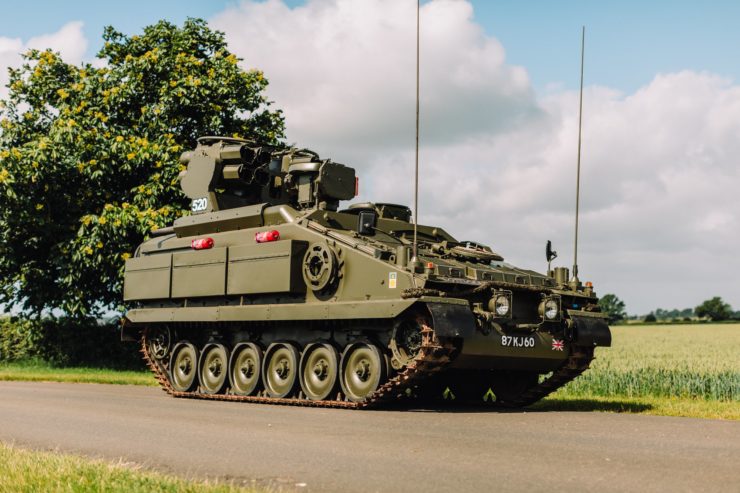
Images courtesy of Collecting Cars
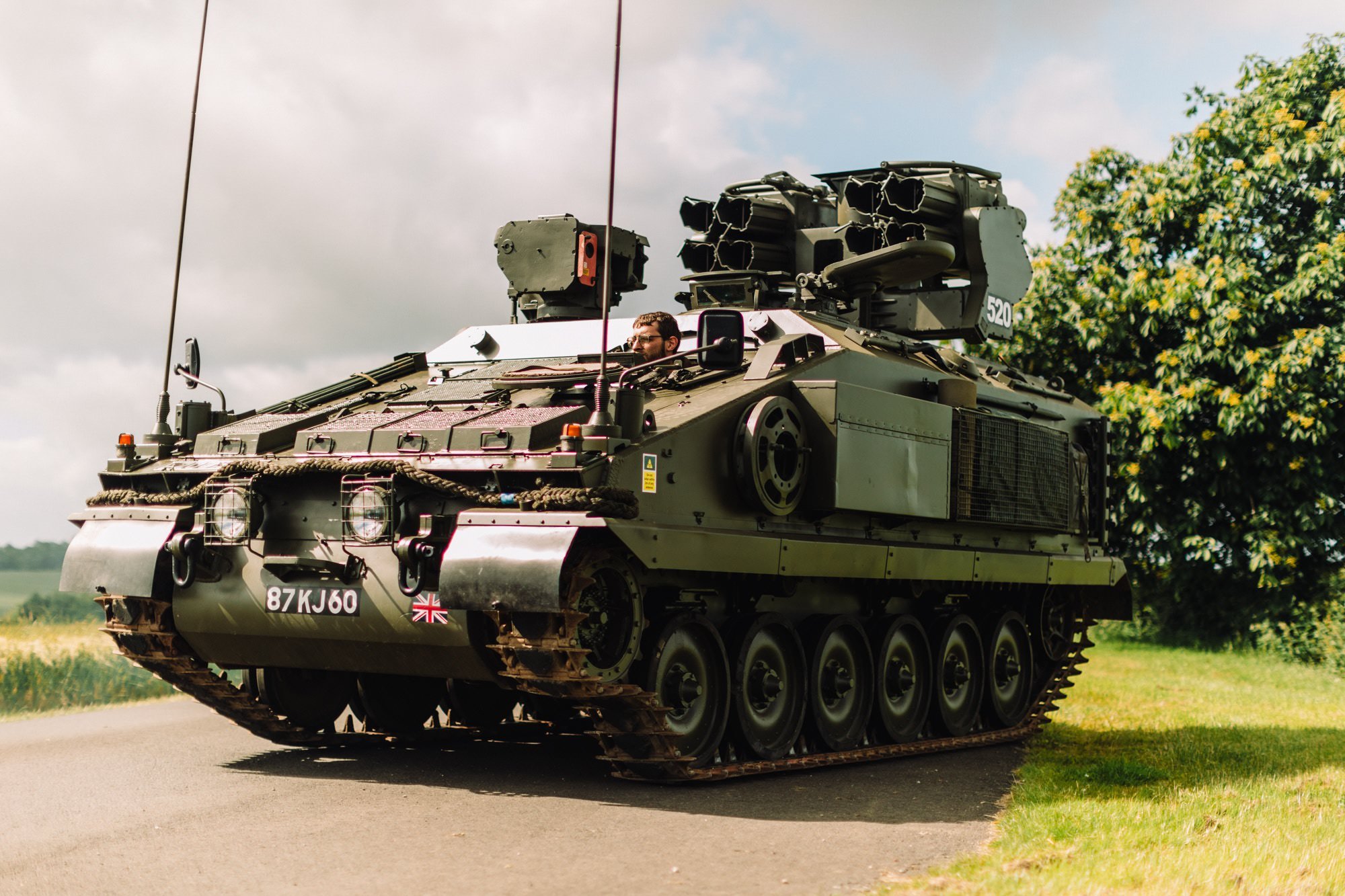
The post For Sale: A Road-Legal Alvis Stormer High Velocity Missile Tank appeared first on Silodrome.
from Silodrome https://silodrome.com/alvis-stormer-high-velocity-missile-hvm/
via gqrds
